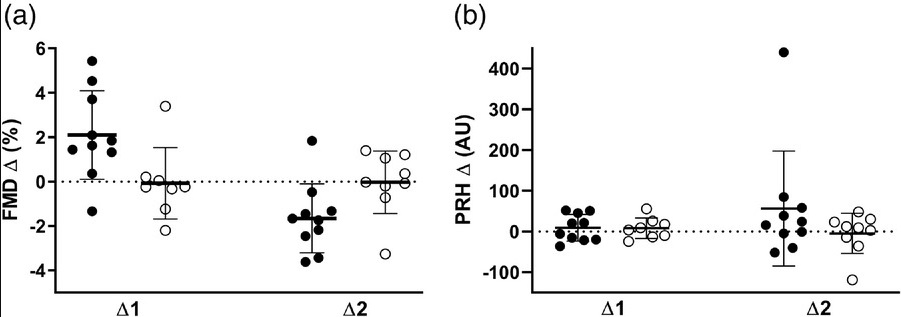
This systematic review and meta-analysis suggests that beetroot or nitrate supplements are not likely to improves body composition indices regardless of supplement dosage, trial duration, and athletic status.
- All included studies indicated that beetroot or nitrate supplementation are not likely to change body composition indices of the intervened groups compared with controls.
- Subgroup analyses suggested no significant differences in body composition-related outcomes between subgroups in terms of duration of intervention, dose, study design, baseline BMI of participants, and athletic status (athlete versus non athlete).
- "the present study revealed that the majority of claims about the advantages of BR consumption on weight loss or body composition improvement found on the labels of several products are not supported by clear scientific data."
The effects of beetroot and nitrate supplementation on body composition: A GRADE-assessed systematic review and meta-analysis (open access)
doi.org/10.1017/S00071…
#nutrition #diet #supplement #supplements #weightloss
doi.org/10.1017/S00071…
#nutrition #diet #supplement #supplements #weightloss
• • •
Missing some Tweet in this thread? You can try to
force a refresh










